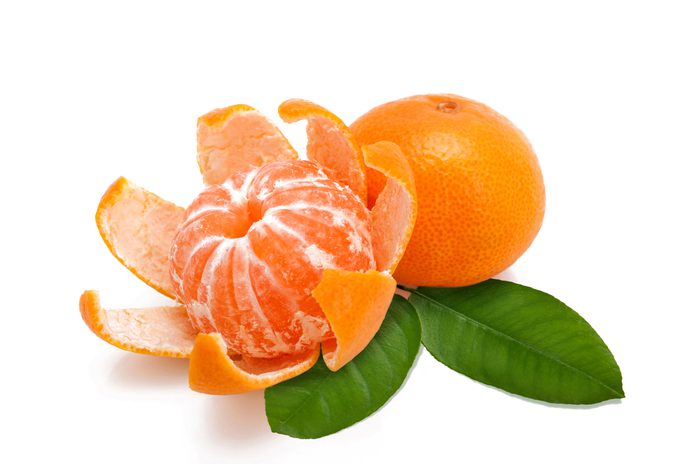Mandarin Tangerine
tAHOE gOLD mANDARIN
dEKOPAN mANDARIN
- Both with lIMITED sUPPLY
W. Murcott - Limited Supply
The W. Murcott is often considered to be the best-tasting of all varieties, with flavors reminiscent of honey and cinnamon. Not typically found in grocery stores, the W. Murcott fruit is an ideal variety to be grown for personal consumption.
Minneola Tangelo - Limited Supply
The Minneola Tangelo is a cross between the Dancy Tangerine and the Pomelo. Its fruit is seedless and easy to peel, making it a convenient and delicious snack. Minneola Tangelos can be substituted in recipes that call for oranges, including baked goods and vinaigrettes.
Golden Nugget Tangerine - Limited Supply
Similar to the Pixie variety, the Golden Nugget Tangerine produces sweet, seedless and exceptionally juicy fruit that is also visually distinct with a thick, bumpy rind. Developed at the University of California, Riverside in the 1950s, it was released in 1975 to an instantly receptive regional market.
Satsuma Mandarin - Limited Supply
A seedless Tangerine variety, the fruit of the Satsuma Mandarin is mainly used for canning, but is quickly gaining popularity as freshly-picked choice across the U.S. Easy to peel with a rich orange/deep red pulp, the Satsuma fruit has a sweet, slightly tart taste and captivating aroma.
Tango TanGerine - Limited suppy
This new hybrid citrus variety was developed by the University of California, Riverside, and yields a completely seedless fruit. Tango Tangerines are great for juicing, can be used in baking or syrups, and are highly enjoyable as a fresh-picked snack. Packed with Vitamin C, the Tango Tangerine is also a great source of dietary fiber.
Kishu - New Limited Supply (Call)
Smaller than a golf ball but exceptionally easy to peel, the seedless Kishu Mandarin fruit is tender, juicy, fragrant and sweet. It is derived from an ancient group of small-fruited Mandarin varieties that originate from China. While the Kishu Mandarin has been present in California for more than a century, its commercial cultivation did not begin until 1997.







